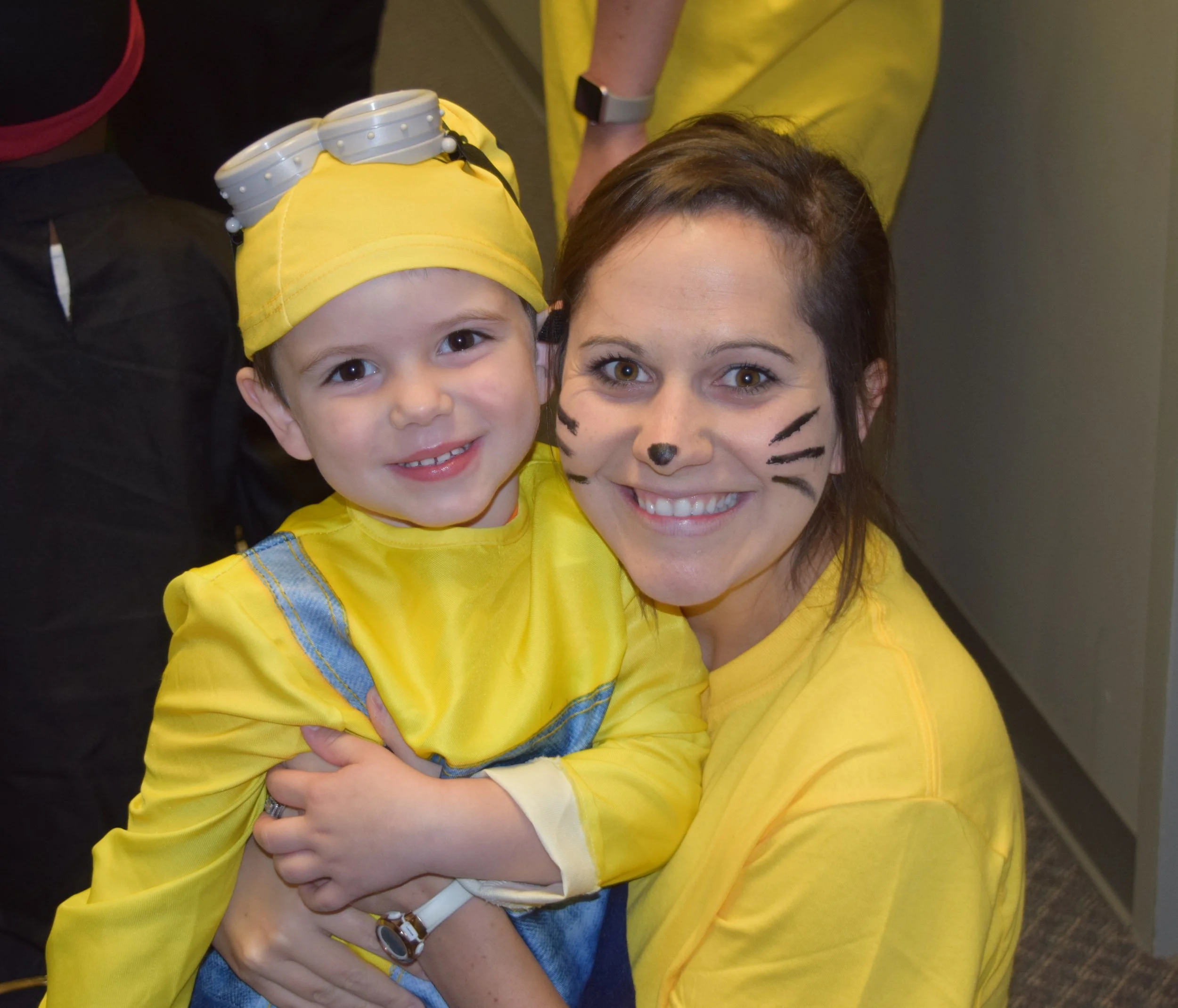Temperatures are dropping and excitement is rising as Halloween is in the air. For many families, fun costumes, spooky decorations, and thrilling frights are all part of the season. However, that might not be the case for some children.
At BIG, we suggest that the key to helping children successfully navigate the holiday is to keep it Hallow-easy. In many ways, taking it easy means being flexible on even the most planned trick-or-treat night. Stay attuned to your child’s physical and emotional states and their expressed desires and concerns. Don’t push. This principle applies to a number of areas:
WHAT TO WEAR
Let your child pick an outfit that they’re comfortable in. Once your child has expressed the costume of choice, it might be beneficial to ensure that he/she tries it on ahead of time so that you can make sure that you have time to make any necessary modifications to the costume. This could include switching out colors, fabrics, or textures for something your child would prefer. This could help decrease or prevent Halloween night costume frustration which will make everyone’s night more fun and relaxing.
WHERE TO GO
If your child is reluctant to go to a certain house (because it’s especially scary or unfamiliar), just skip that one. Or, let your child stay comfortably back with you while the other kids go to the door. And it’s totally okay to skip trick-or-treating altogether. You can still make the time memorable with an alternative special outing or activity, like a trip to a harvest fair, a hayride, or simply watch a Halloween movie while decorating pumpkins.
HOW TO ACT
Let your child be comfortably him/herself, without any need to perform. Keep in mind that it can be a little overwhelming for your child to be asked to “act out” the character represented by his or her costume. It might be helpful to practice with your child some options of what to say when trick-or-treating before you have left the house. Some children might do best learning to simply say “trick-or-treat” and maybe even “thank you.” There will be a lot going on once trick-or-treat starts so remember that it is okay if your child doesn’t perform the way it was done at home. It is very likely that your child will for some reason, due to the hecticness of the evening, need you to step in and thank the host for them, and that is okay.
It comes down to this: be realistic in your expectations of Halloween night. Help your child prepare for the night’s events, but be ready to adjust the plans you have made. This will help ensure that the whole family has fun.
ON THE OTHER SIDE OF THE DOOR
If you’ll be handing out treats to trick-or-treaters, taking it “Hallow-easy” applies there as well. Simply be a warm and welcoming presence. Not all children will bring a big costume game or even remember to say “Trick or treat.” For some children, approaching the door of a stranger (especially on a night already full of extra stimulation and surprises) is going to be a challenge in itself. So, be easy with your smile, your generosity, and your appreciation for all the children in your neighborhood, just the way they are.
Remember, the ultimate goal is to create a shared experience of fun and connection for you and your child, not to fulfill a particular agenda for a certain kind of Halloween. And a great path to that end is to keep it Hallow-easy.
For more information about our programs and services, call us at (225) 757-8002 or read more about our programs here.

